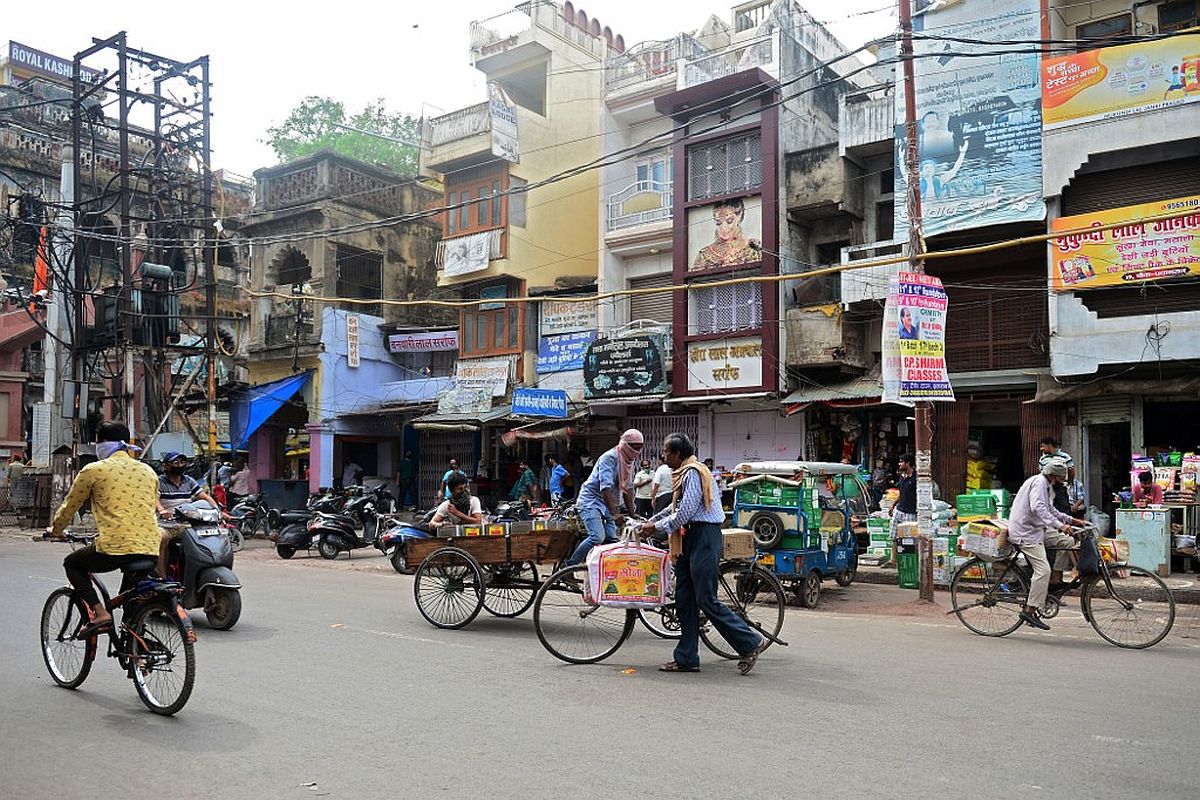Street vendor stalls on the pavements of Gariahat are going through a process of re-organisation as part of a pilot project that shall be extended in future, said Debashish Das, joint assistant secretary of Hawker Sangram Samiti.
It’s been a little over a month since the Kolkata Municipal Corporation (KMC) and the Kolkata Police (KP) instructed the hawkers in Gariahat area to free up twothirds of the pavement. Since then, the process of restricting the stalls to one-third of the pavements has been going on but the implementation of the same isn’t fully visible in all areas yet.
Advertisement
“The rule says that the stalls can only be on one side of the pavement and not both. The habits of so many years can’t be erased in just a few days. It will take time but the process to follow the instruction is on,” said Mr Das.
“Though there still are a few areas with stalls on both sides of the pavement, a lot of progress has been made in this regard and be assured that there won’t be any pavement with stalls on both sides in near future,” said Debasish Kumar, KMC member, mayor-incouncil and in-charge of hawker related issues.
The KMC is looking forward to a full-scale implementation of the above rule across all Gariahat hawking areas “as early as possible”, added Mr Kumar. The areas where the stalls have been removed from one side as per the rule, look cleaner as the majority part of the pavement that was covered with shops is now cleared giving the pedestrians more space for movement.
“Discussions on how to proceed with the rule are underway in our town vending committee (TVC) meetings. The hawkers have also been briefed on this matter,” said Mr Das.
A survey to identify the hawkers on the basis of their region, the status of their stalls, etc., will be conducted. This way an official record of street vendors in a particular area shall be maintained, which is required in order to rehabilitate them. The stalls, which were previously covered with plastic or cloth, now have tin shades. This replacement order has been issued in view of the fact that plastic or cloth can be flammable.
Many stalls have already constructed the tin shades, though the use of cloth to cover the stores still hasn’t been abolished completely. The implementation of the tin shades is to be done by respective stall owners from their own pockets









